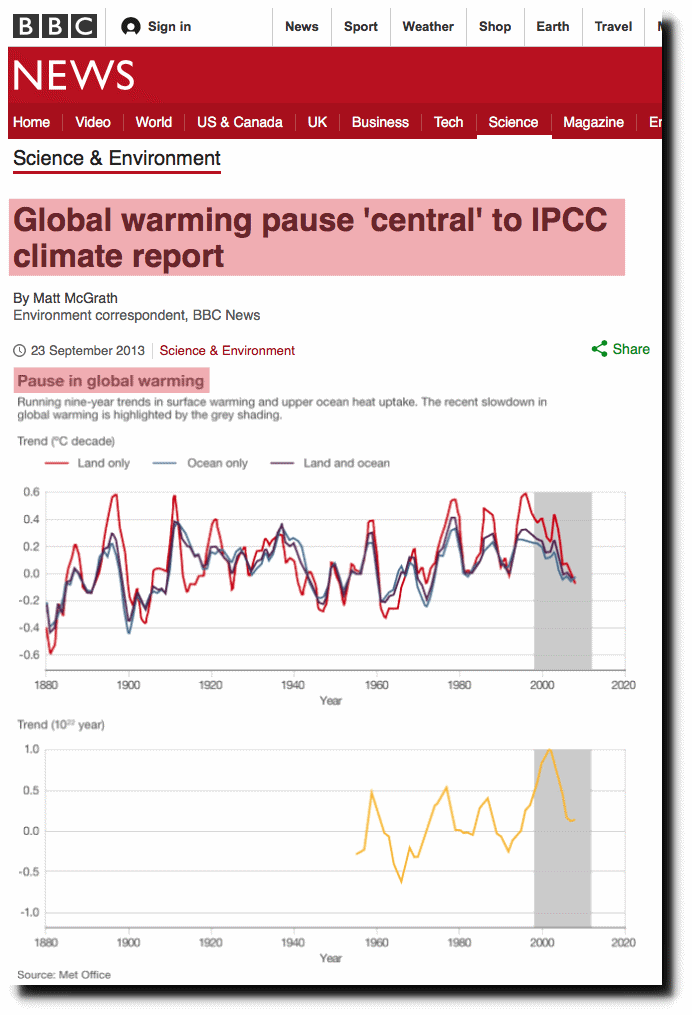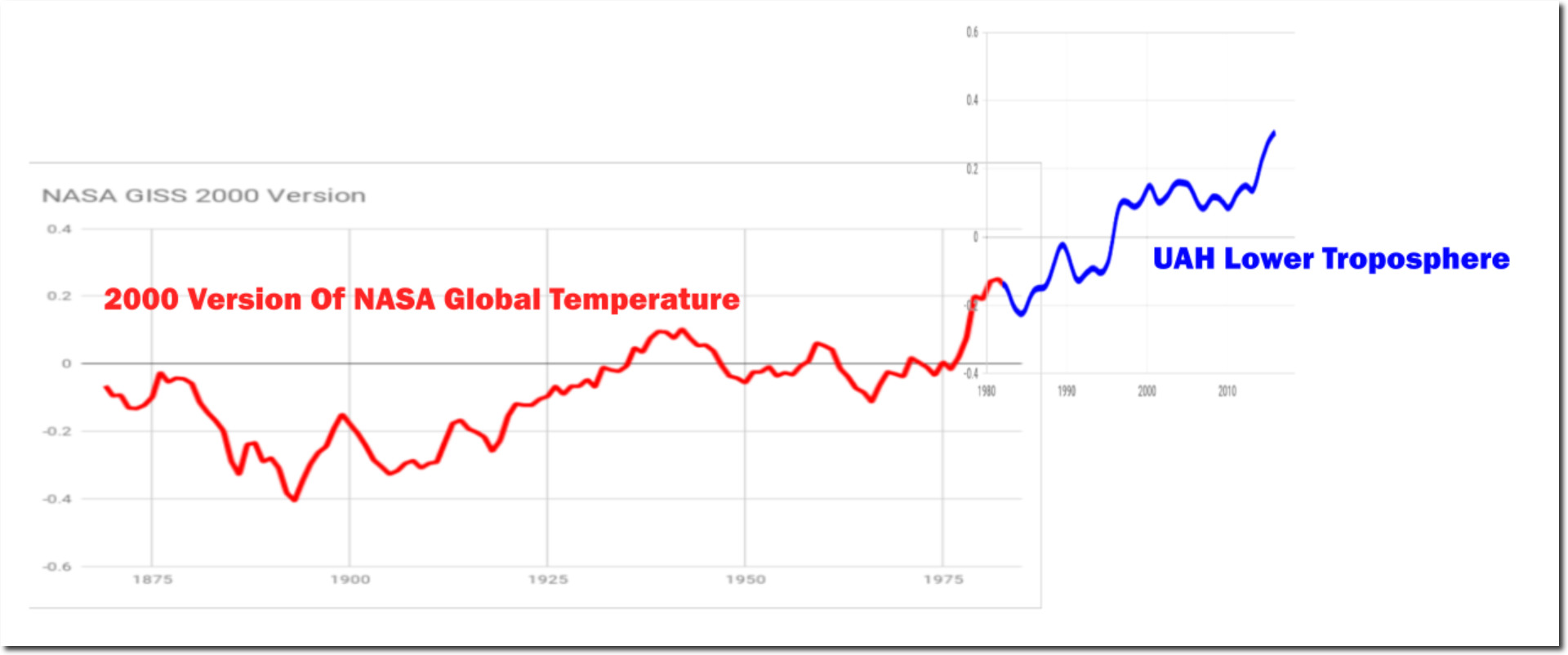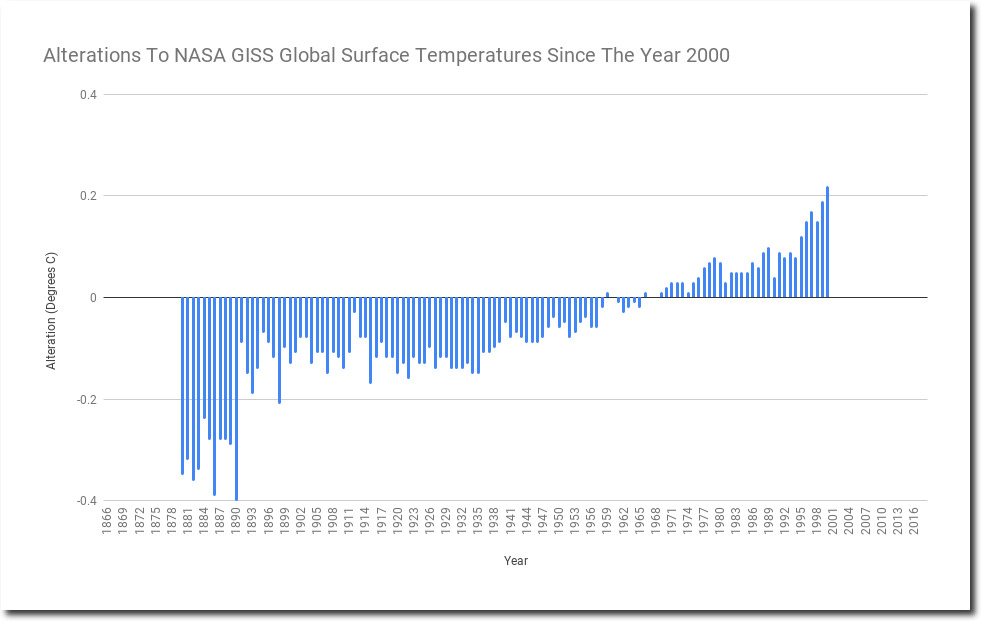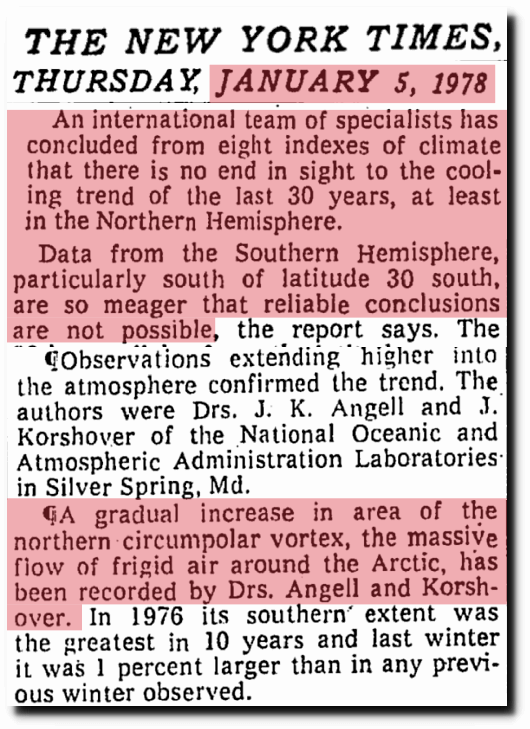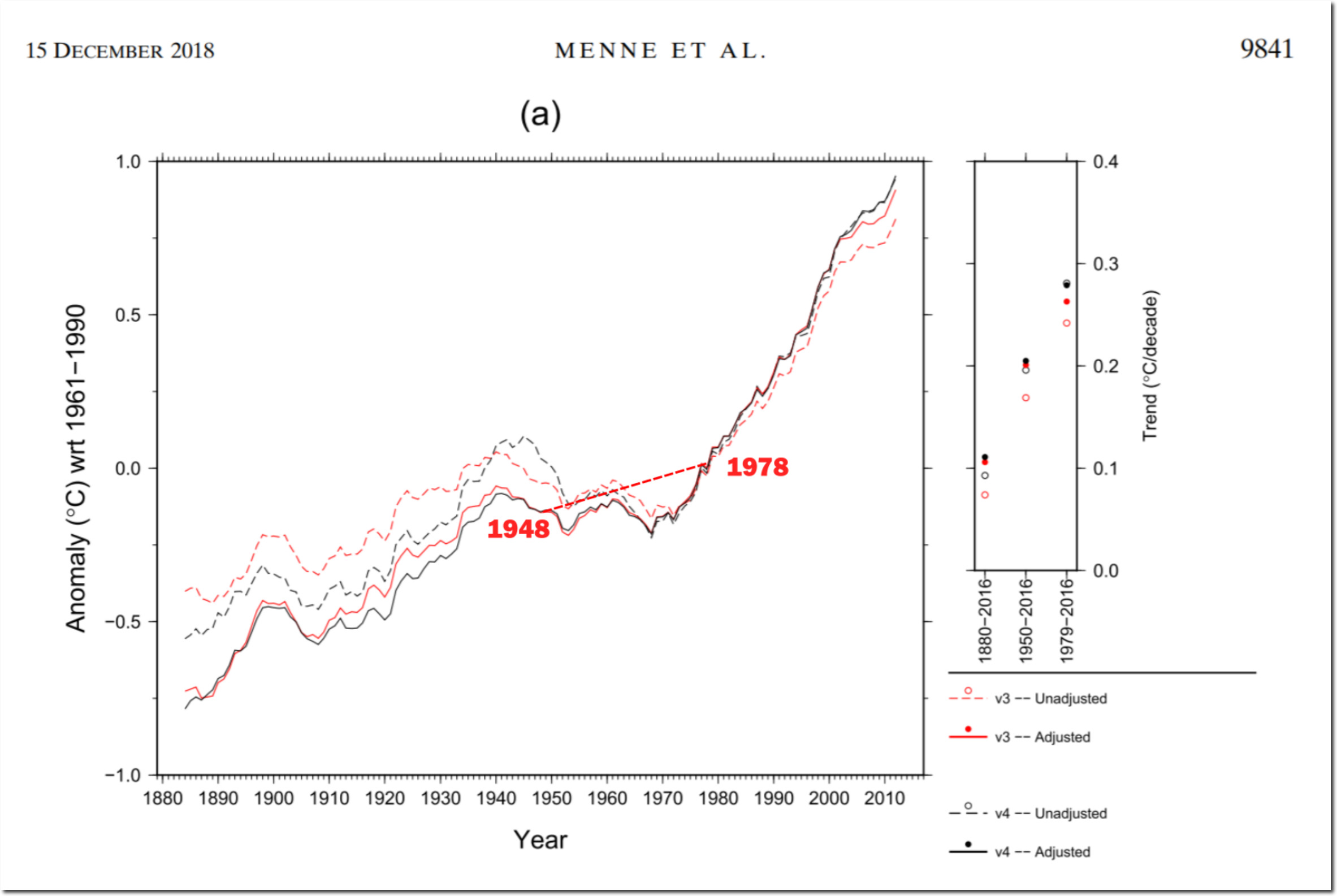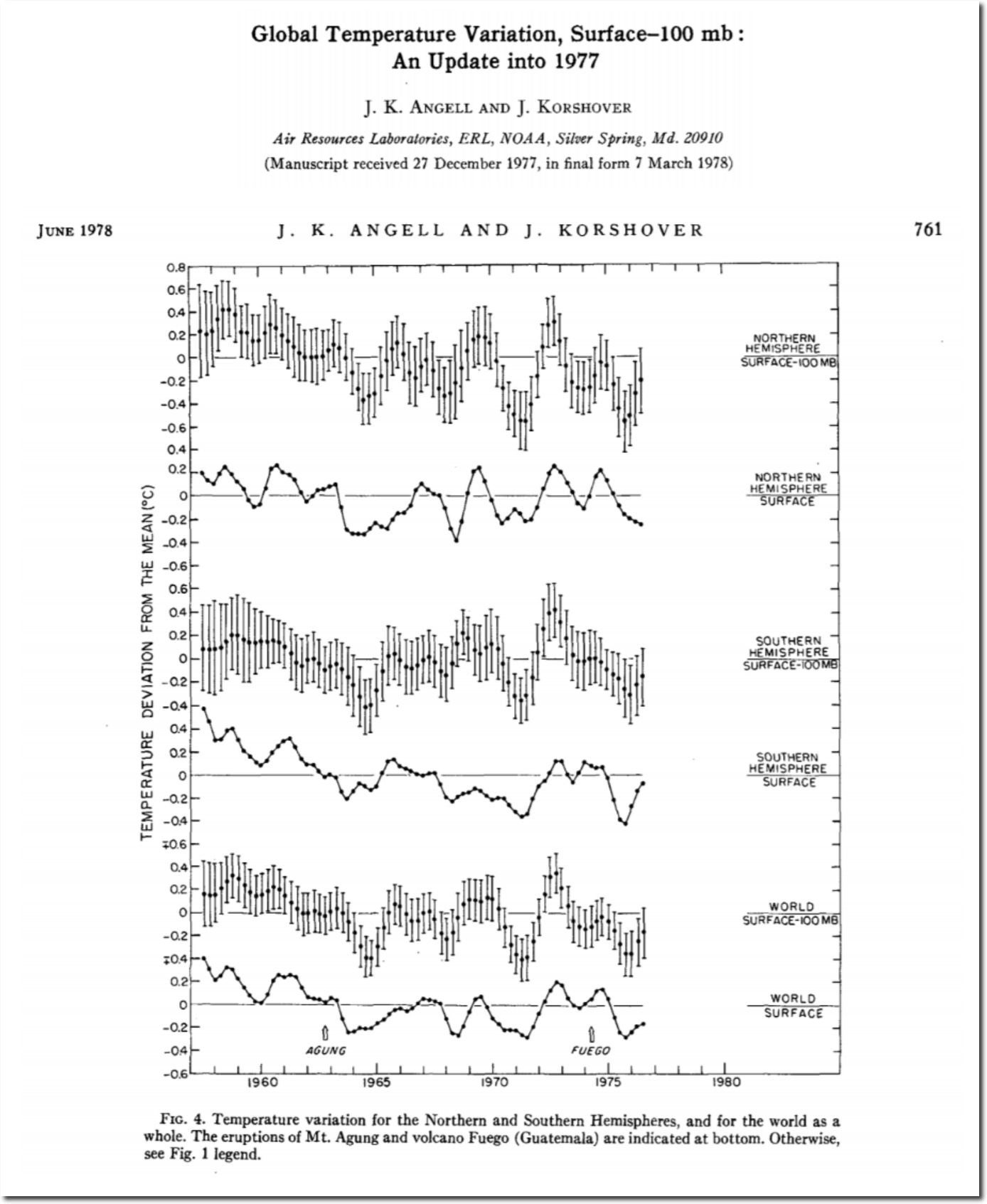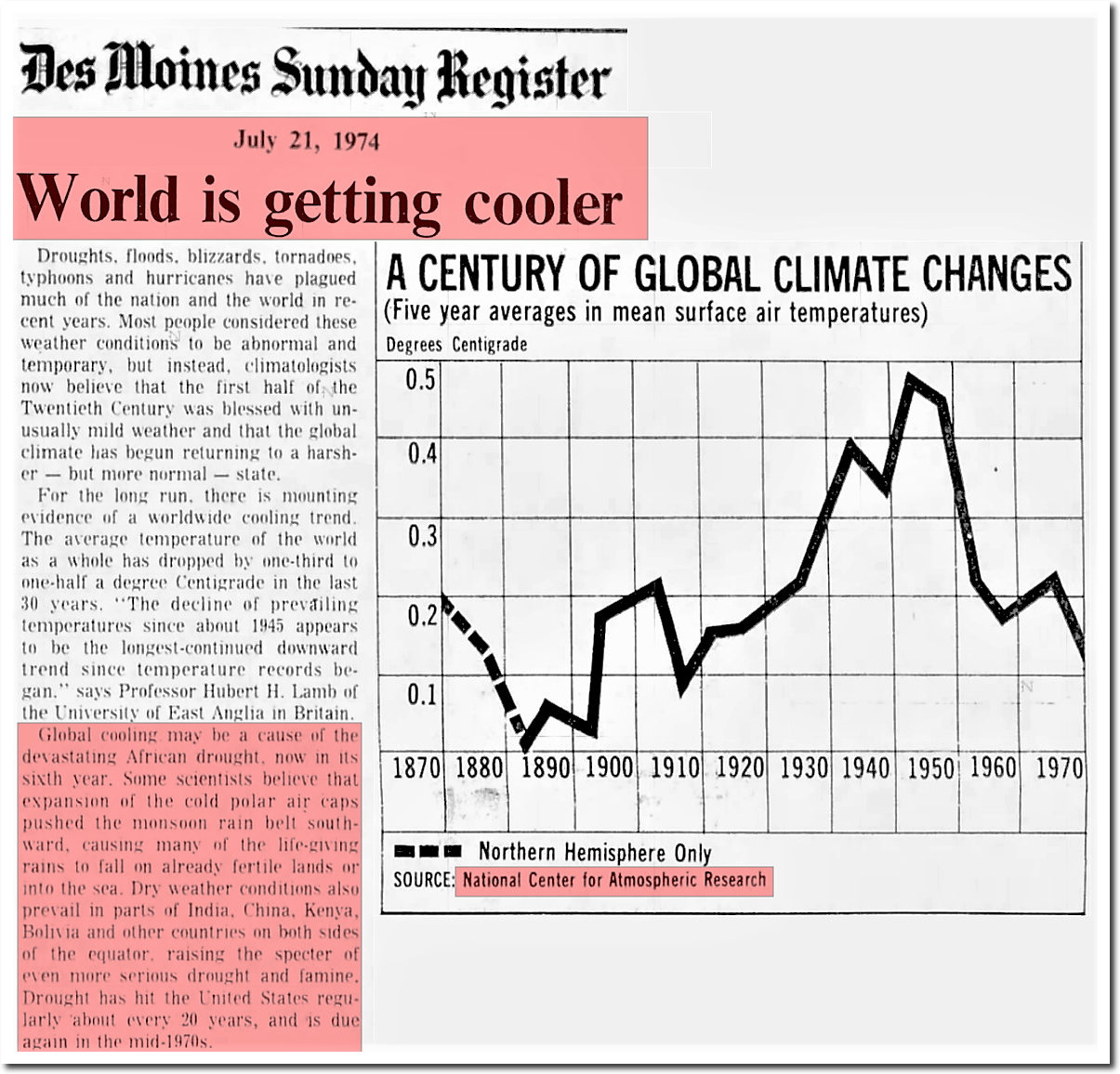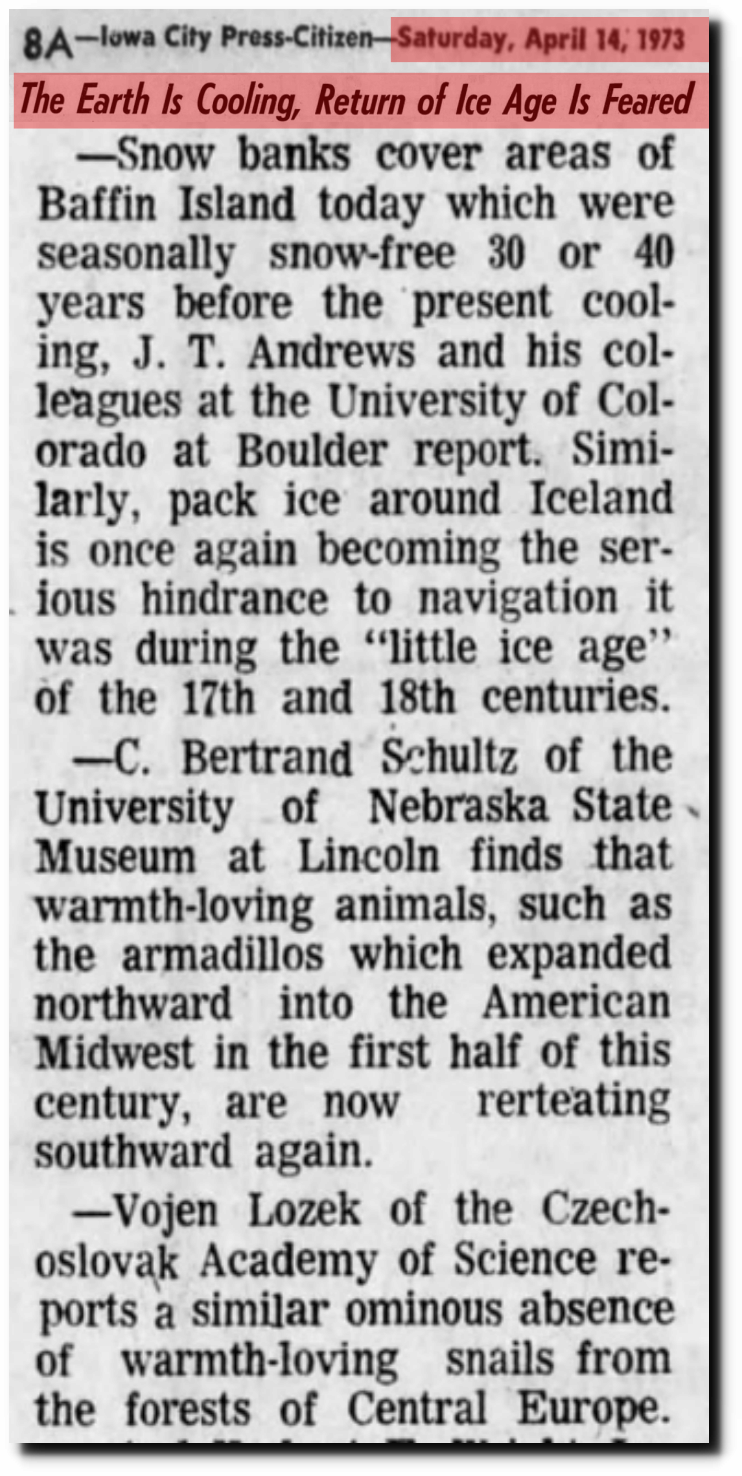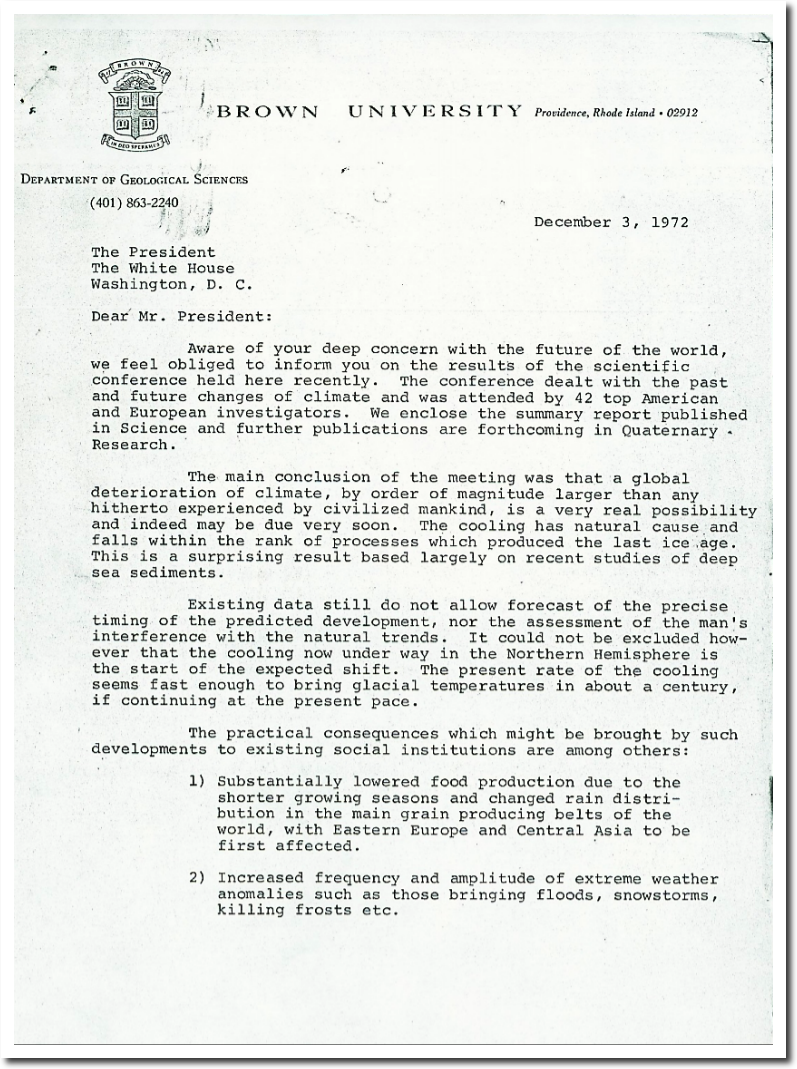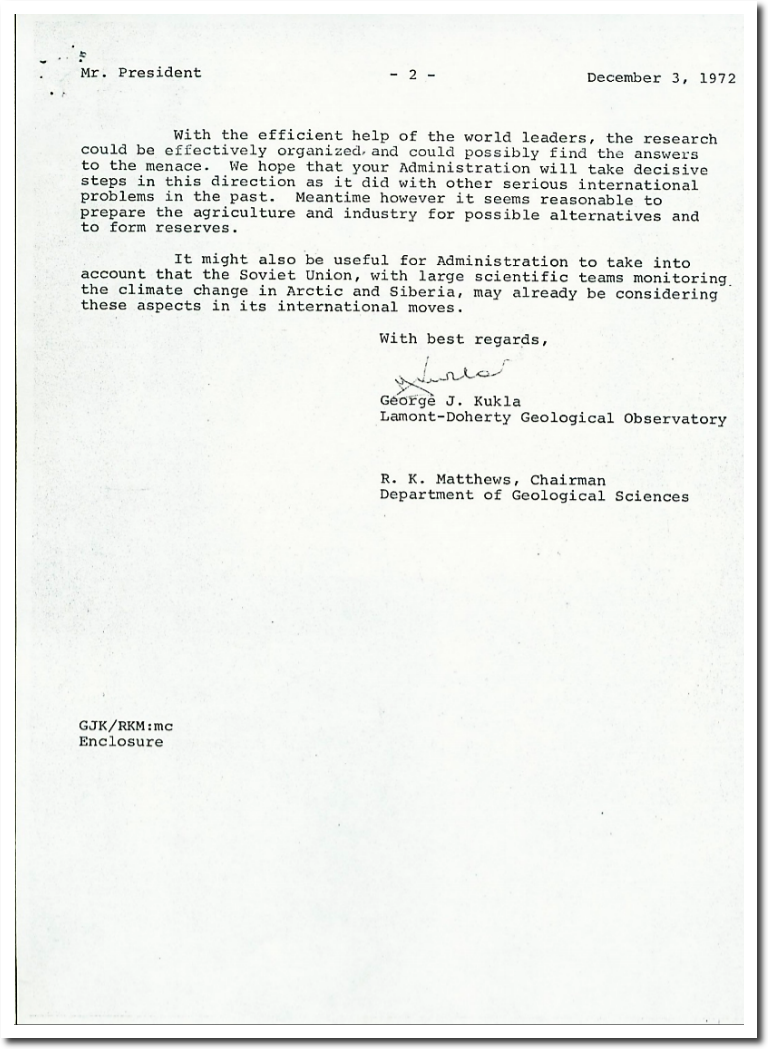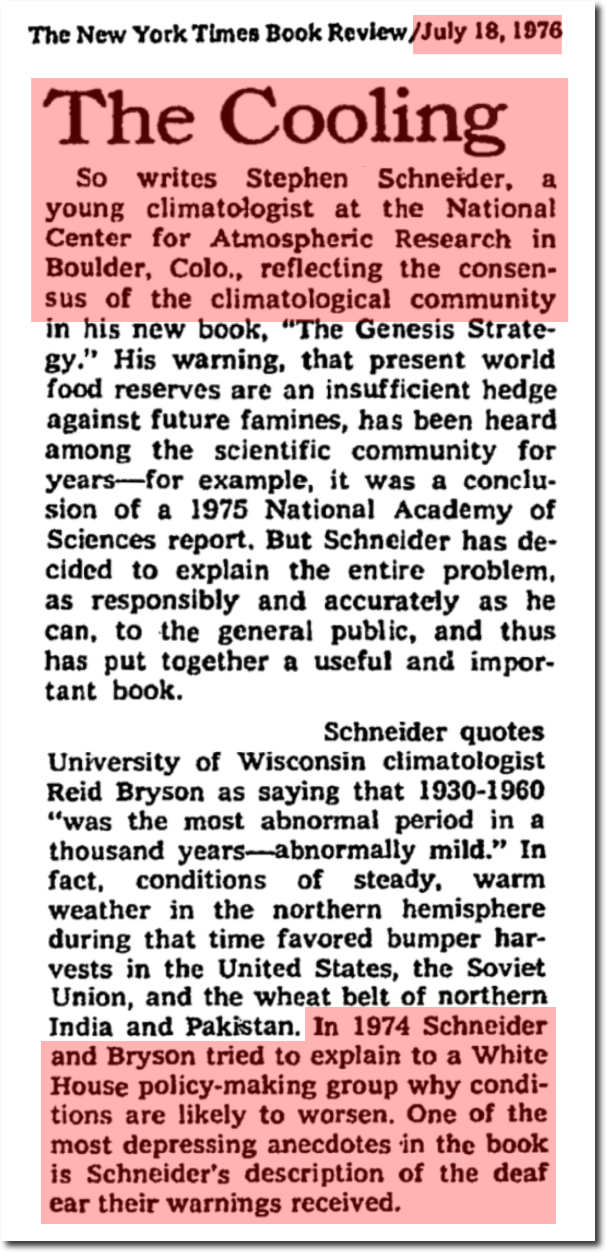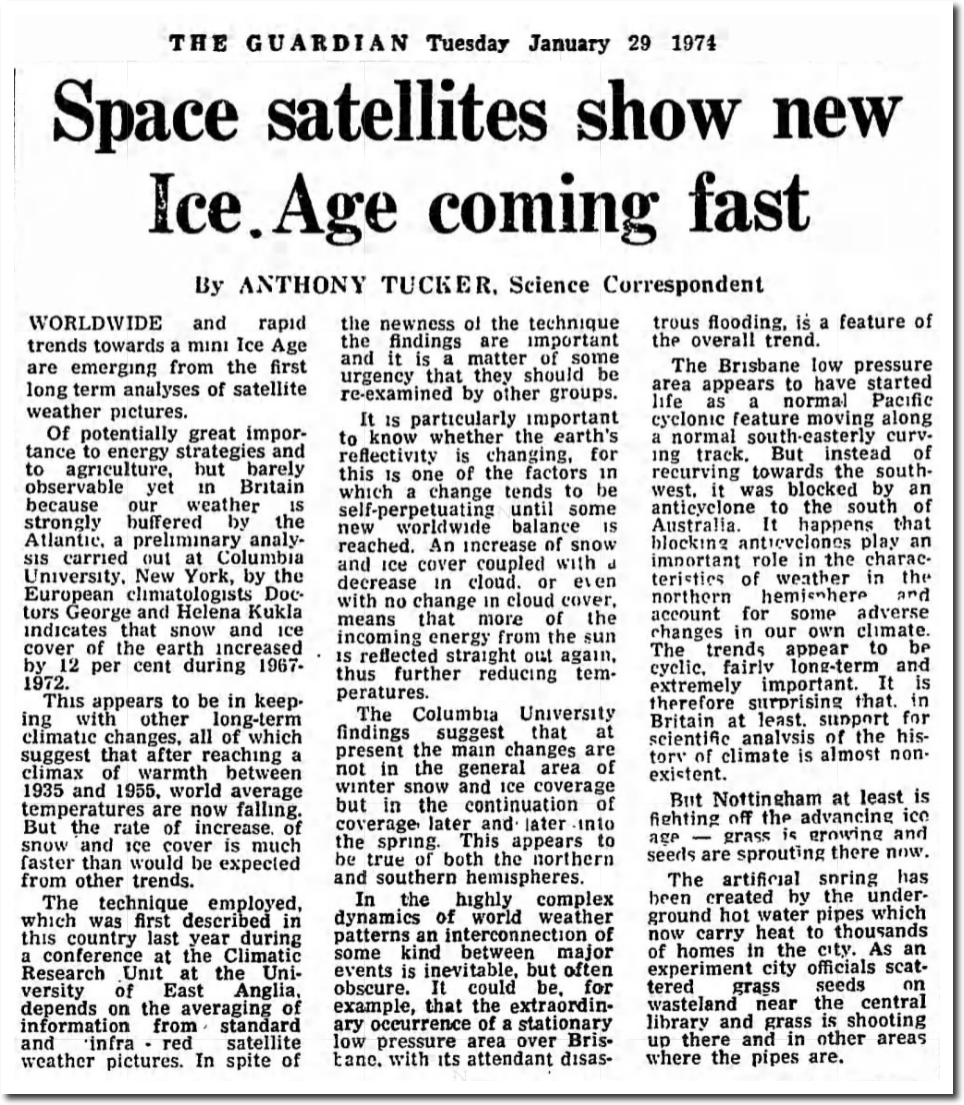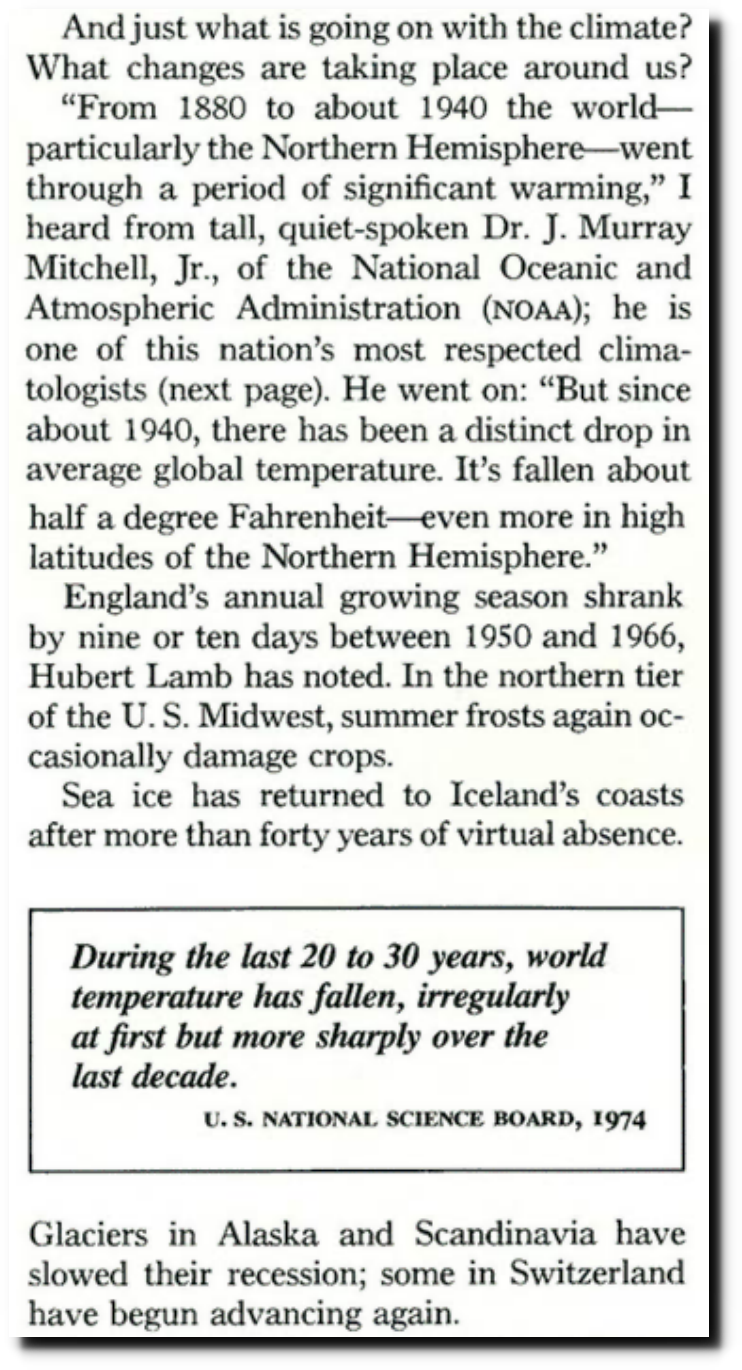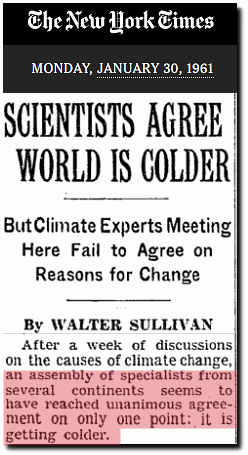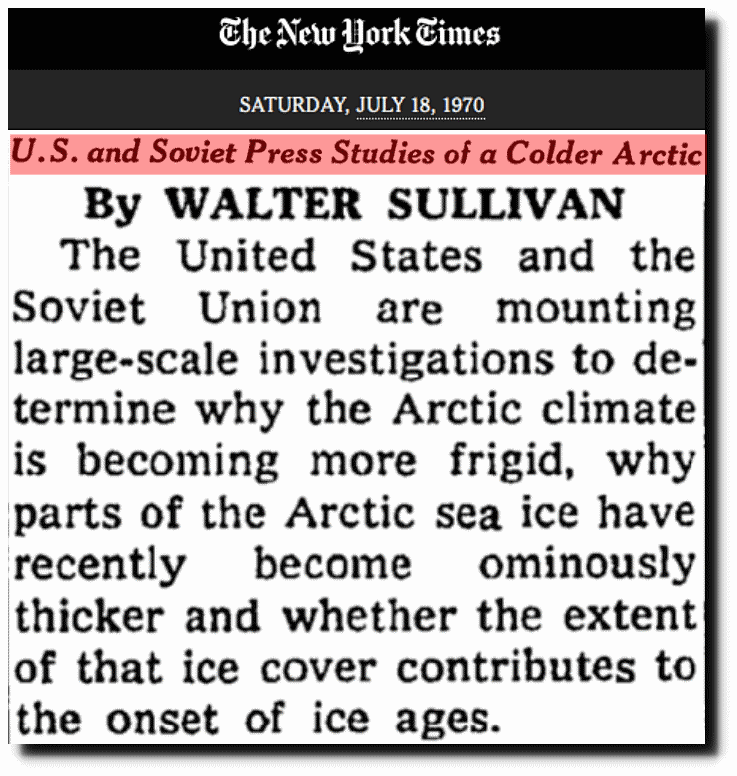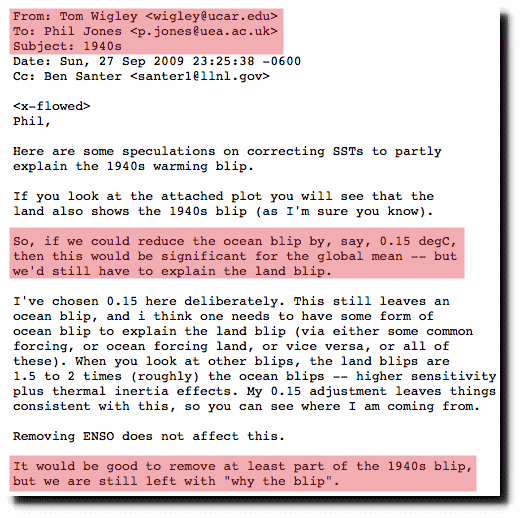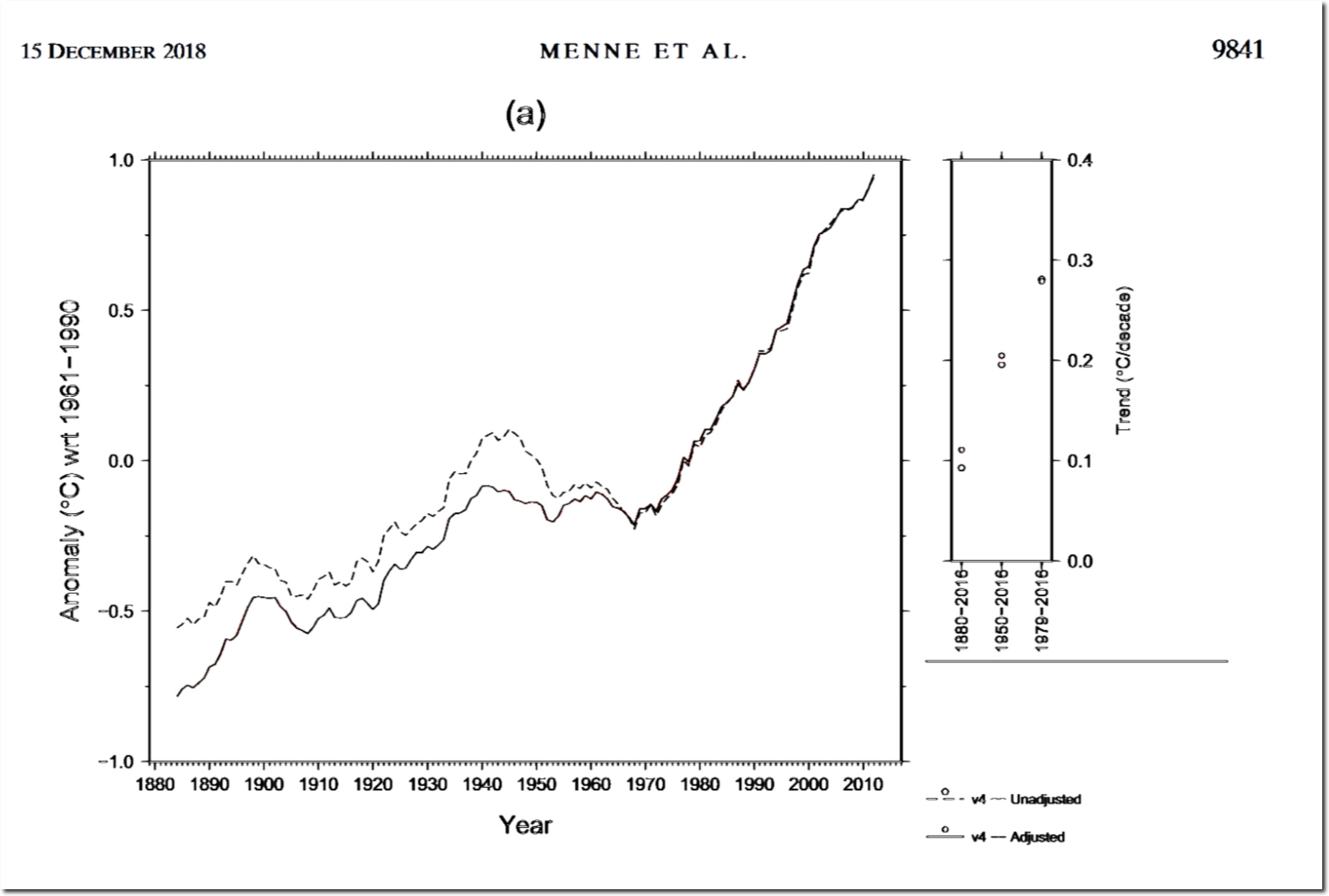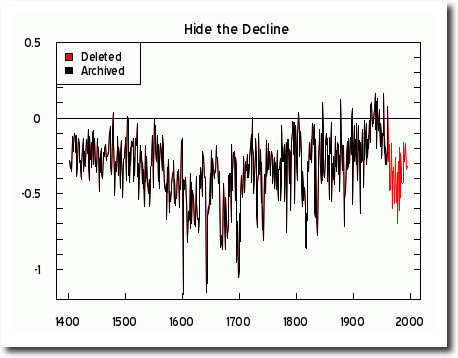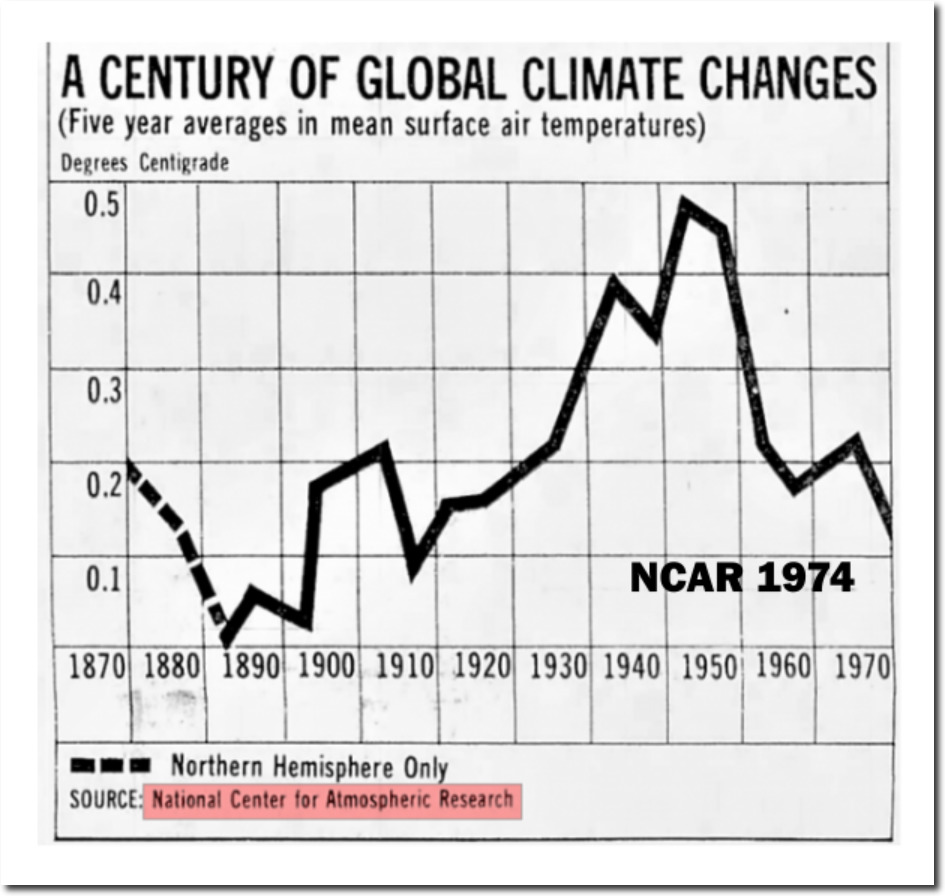The latest version of NOAA’s Global Historical Climatology network (GHCN) has an even more impressive hockey stick than prior versions, showing more than 1.6C warming – with a spectacular post 1970 hockey stick.
The post-2000 global warming pause was central to the 2014 IPCC report, but it has been erased.
Global warming pause ‘central’ to IPCC climate report – BBC News
The hockey stick since 1970 also bears no resemblance to lower troposphere temperatures, which show much less warming since 1978.
www.woodfortrees.org/data/uah6/mean:12
Over the past 20 years, NOAA and NASA have massively altered their data to increase warming. The graph below combines the 2000 version of NASA global surface temperatures, with lower troposphere temperatures – and shows a total of less than 0.8C warming since middle of the 19th century. Less than one half of the current claims by NOAA.
In the year 2000, NASA showed about 0.5C warming prior to 2000. Now they show nearly 1.5C warming prior to the year 2000.
NASA and NOAA are constantly altering their data to cool the past and warm the present.
In 1989, NOAA said most global warming occured prior to 1919, and that earth cooled from 1921 to 1979.
07 Dec 1989, Page 14 – Santa Cruz Sentinel at Newspapers.com
NOAA now shows 0.6C warming during the 1921 to 1979 cooling.
In 1978, experts said there was no end in sight to the 30 year cooling trend, which has now been completely erased by NOAA.
NOAA has turned that 30 year cooling trend into a warming trend.
In 1978, NOAA showed about half a degree cooling from 1958 until 1976 – at both the surface and the troposphere.
1520-0493(1978)106<0755:GTVSMA>2.0.CO;2
The graph below overlays the 1978 world surface temperatures on the current NOAA graph. You can see that 1976 was just as cold as the 1880s.
In 1974, the National Center for Atmospheric Research showed the same thing – 1970 was cooler than 1900.
21 Jul 1974, 13 – The Des Moines Register at Newspapers.com
NOAA now shows 1970 about half a degree warmer than 1900.
During the 1970s, scientists were so worried global cooling, that they wrote a letter to President Nixon warning of a new ice in about a century.
14 Apr 1973, Page 8 – Iowa City Press-Citizen
THE ROLE OF NOAA’S CLIMATE PREDICTION CENTER IN THE DEVELOPMENT OF CLIMATE SERVICES
The Genesis Strategy – The New York Times
29 Jan 1974, 5 – The Guardian at Newspapers.com
The National Geographic Archive | November 1976 | page 1
There was unanimous consensus that earth was cooling.
U.S. and Soviet Press Studies of a Colder Arctic – The New York Times
Climategate E-mails show that climate scientists openly discussed their plans to alter past data and cool the past, and that is exactly what they have done.
The 1940s blip has been removed, just as climate scientists colluded to do.
Climate alarmists frequently claim temperature adjustments reduce warming, but as you can see in the graph above, that claim is patently false. Prior to 1970, the adjusted temperatures are cooler than the measured temperatures, which increases warming.
This fake thermometer data is what Michael Mann grafted on to the proxy data, after he hid the inconvenient decline. And he used the fake thermometer data as his justification to hide the proxy data.
Before they could hide the decline in proxy temperatures, NOAA had to hide the decline in the surface temperatures.
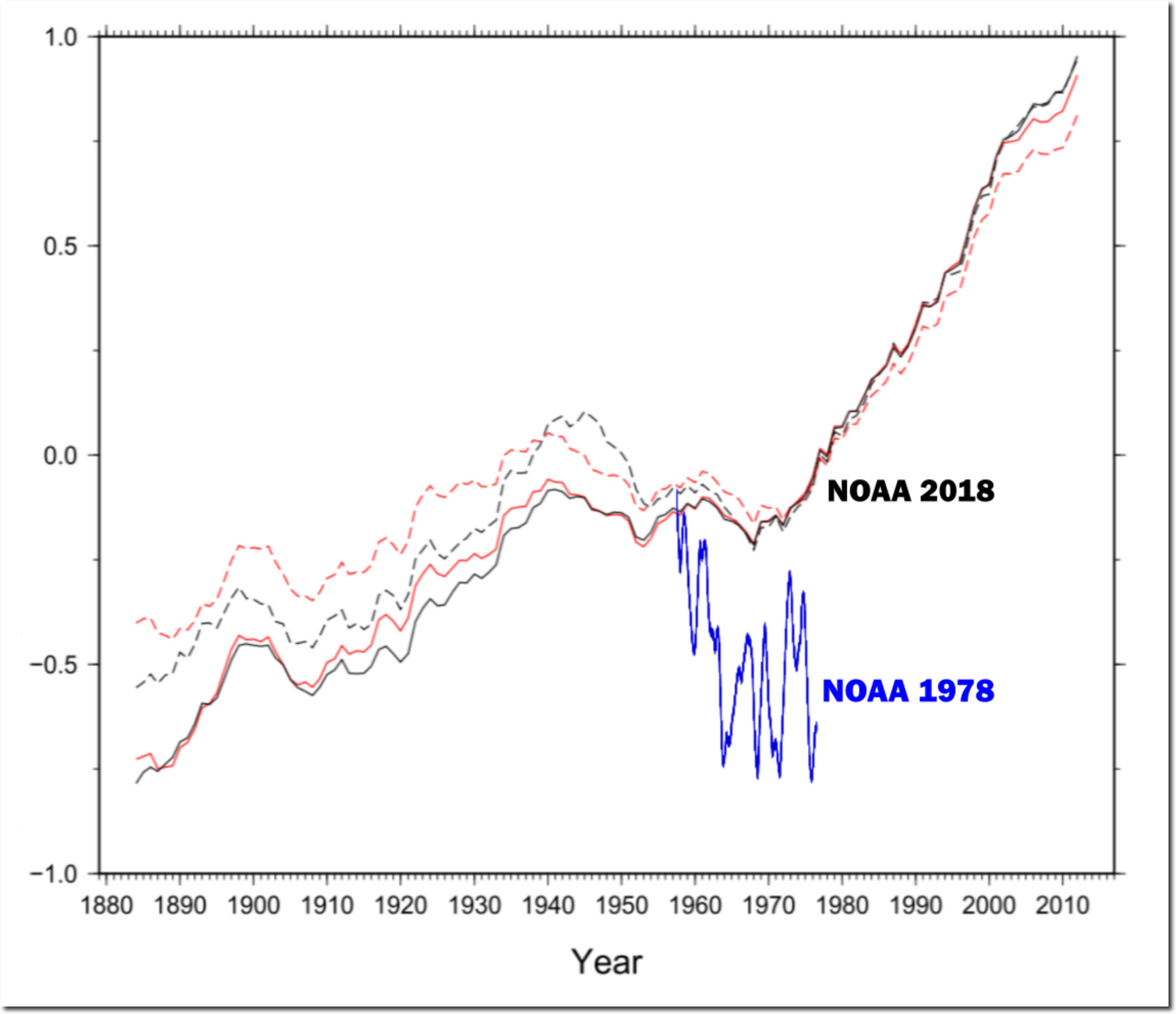
In the absence of any actual evidence of warming, policymakers depend entirely on fake temperature graphs from NOAA and NASA, who make their graphs faker and faker every year – in an attempt to seize control of public policy. This is exactly what President Eisenhower warned about in his farewell address.
The prospect of domination of the nation’s scholars by Federal employment, project allocations, and the power of money is ever present and is gravely to be regarded.
Yet, in holding scientific research and discovery in respect, as we should, we must also be alert to the equal and opposite danger that public policy could itself become the captive of a scientific-technological elite.
Our Documents – Transcript of President Dwight D. Eisenhower’s Farewell Address (1961)


